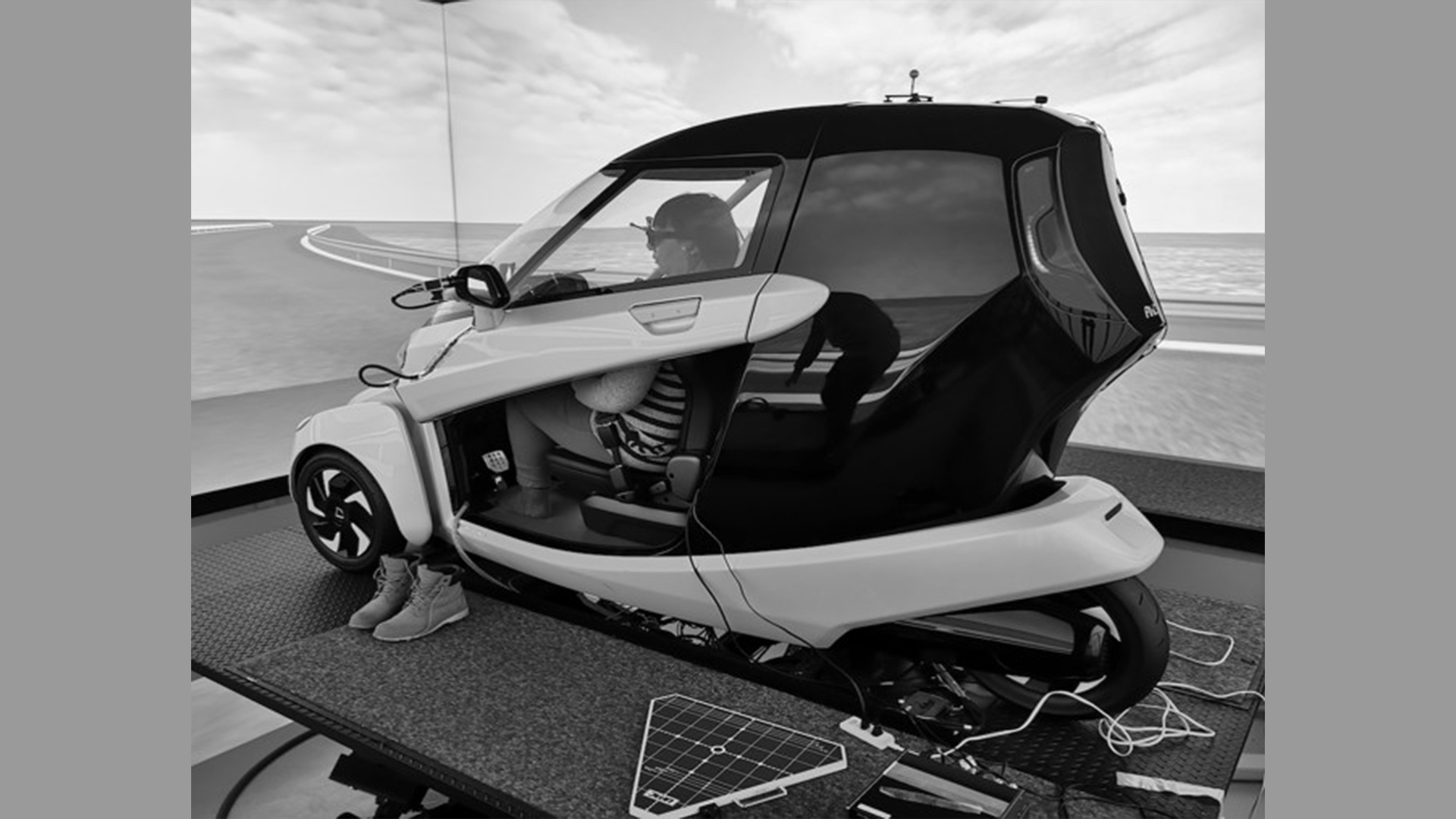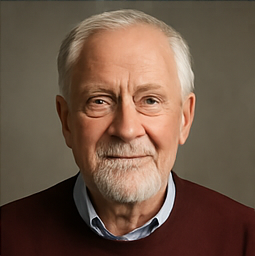Innovative Sound Technology Offers New Hope for Motion Sickness Relief











2025-04-19T22:35:30Z

A groundbreaking study spearheaded by Takumi Kagawa and Masashi Kato at the Nagoya University Graduate School of Medicine has unveiled a promising solution for alleviating motion sickness. The research focuses on a pioneering sound stimulation technology that employs a device designed to emit sound waves at specific frequencies to stimulate the inner ear. Remarkably, even a brief exposure of just one minute to this unique sound significantly reduced the instances of staggering and discomfort commonly experienced by individuals reading while in a moving vehicle. These vital findings were published in the scientific journal, Environmental Health and Preventive Medicine, highlighting a straightforward yet effective approach to managing this prevalent condition.
Our study demonstrated that short-term stimulation using a unique sound called 'sound spice' alleviates symptoms of motion sickness, such as nausea and dizziness, stated Kagawa. The frequencies of the sound used in the experiments fall well within the range of everyday environmental noise, which not only underscores its effectiveness but also indicates that this innovative sound technology is safe for public use.
This discovery marks a significant advancement in the ongoing exploration of how sound can influence the inner ear and, by extension, balance. Recent research has increasingly pointed to the therapeutic potential of sound stimulation in enhancing the functionality of the inner ear, which is crucial for maintaining equilibrium. The researchers conducted experiments utilizing both mouse models and human participants, identifying a frequency of 100 Hz as the most effective for reducing motion sickness symptoms.
Vibrations at the unique sound stimulate the otolithic organs in the inner ear, which play a key role in detecting linear acceleration and gravity, Kato elaborated. This finding indicates that our sound stimulation has the capacity to broadly activate the vestibular system, which is fundamental in preserving balance and spatial orientation.
To evaluate the efficacy of their sound stimulation technology, the research team enlisted voluntary participants who were subjected to the unique sound prior to experiencing conditions known to induce motion sickness, such as swinging on a pendulum, using a driving simulator, or being driven in a car. The researchers employed various methodologies, including assessments of postural control, electrocardiogram (ECG) readings, and responses to a Motion Sickness Assessment Questionnaire, to gauge the impact of the sound exposure.
Notably, the findings revealed that exposure to the unique sound prior to navigating the driving simulator resulted in heightened activation of sympathetic nerves. The participants reported a reduced incidence of common motion sickness symptoms like lightheadedness and nausea, which are typically associated with such experiences.
These results suggest that activation of sympathetic nerves, often dysregulated in individuals suffering from motion sickness, was objectively improved by the unique sound exposure, remarked Kato, emphasizing the significance of their discoveries.
Kagawa assured that the health risks linked to short-term exposure to their unique sound are minimal. Given that the stimulus level is well below workplace noise safety standards, we anticipate that this sound stimulation will be safe when applied appropriately.
The implications of this research are profound, suggesting a safe and effective intervention that could potentially transform the lives of millions who struggle with motion sickness. The research team has ambitions to further refine the technology, aiming for practical applications across various modes of travel, including air and maritime transport, making it accessible to a wider audience.
The detailed study, titled Just 1-min exposure to a pure tone at 100 Hz with daily exposable sound pressure levels may improve motion sickness, was officially published in Environmental Health and Preventive Medicine on March 25, 2025, and can be referenced using the DOI: 10.1265/ehpm.24-00247.
For further inquiries, media representatives can reach out to Matthew Coslett from the International Communications Office at Nagoya University via email at icomm_research@t.mail.nagoya-u.ac.jp.
Image Credit: Induction of motion sickness using a driving simulator (credit: Masashi Kato)
 George Bennett
George Bennett
Source of the news: Nagoya-u.ac.jp